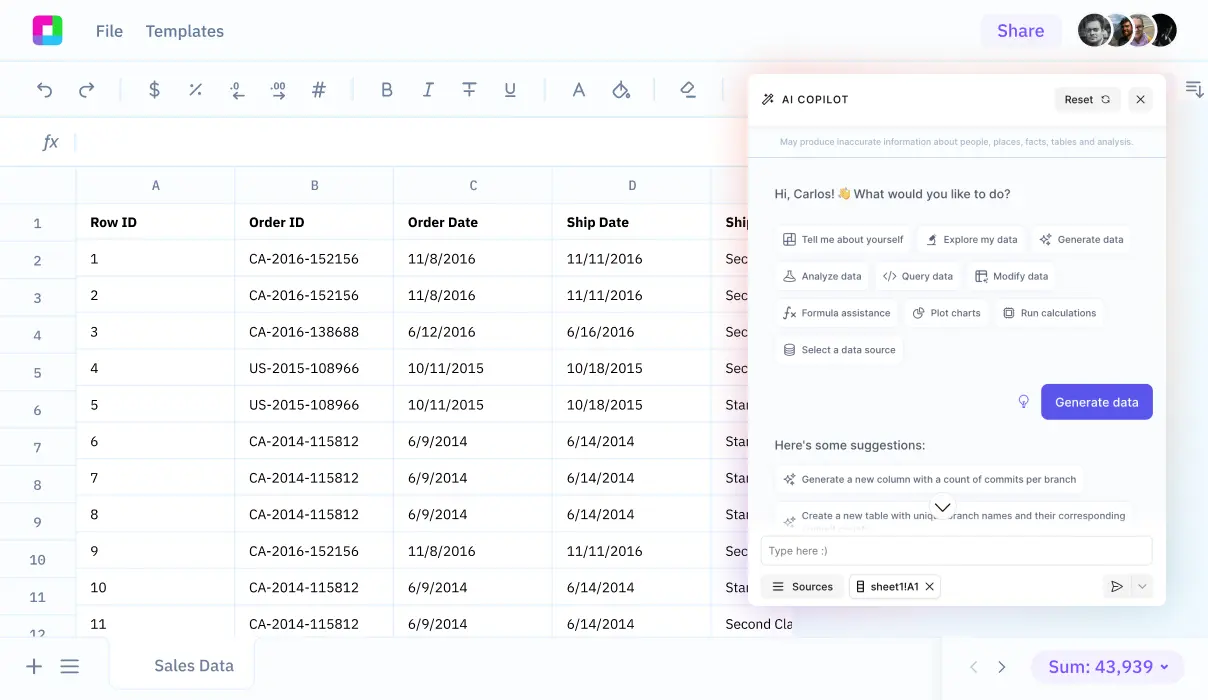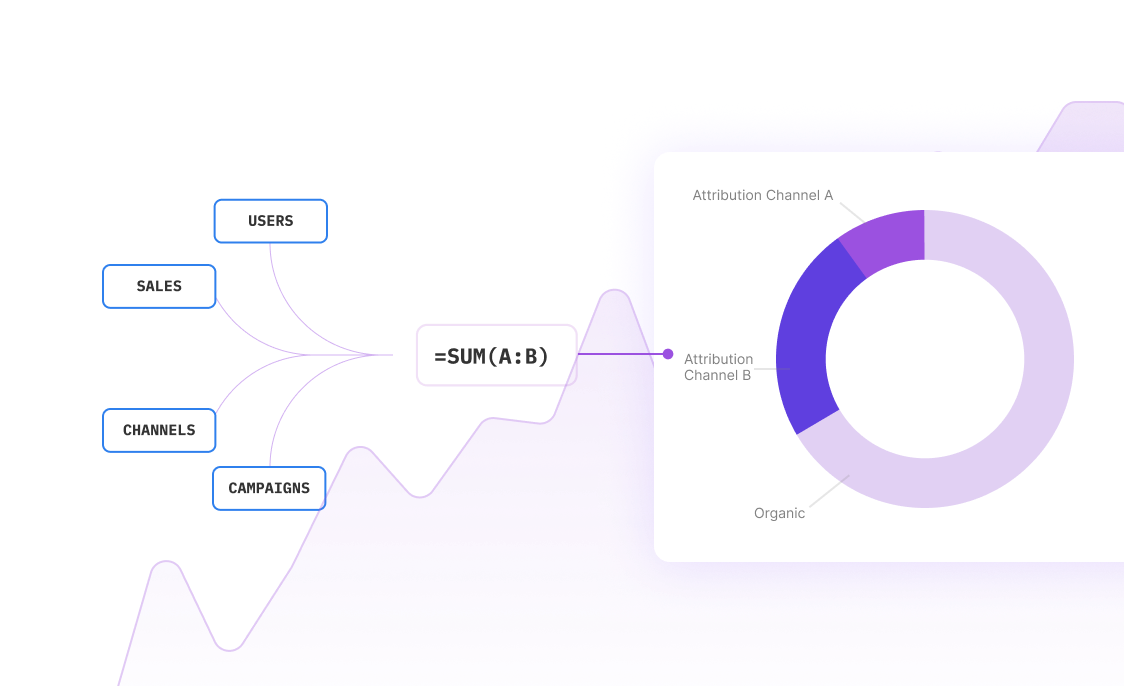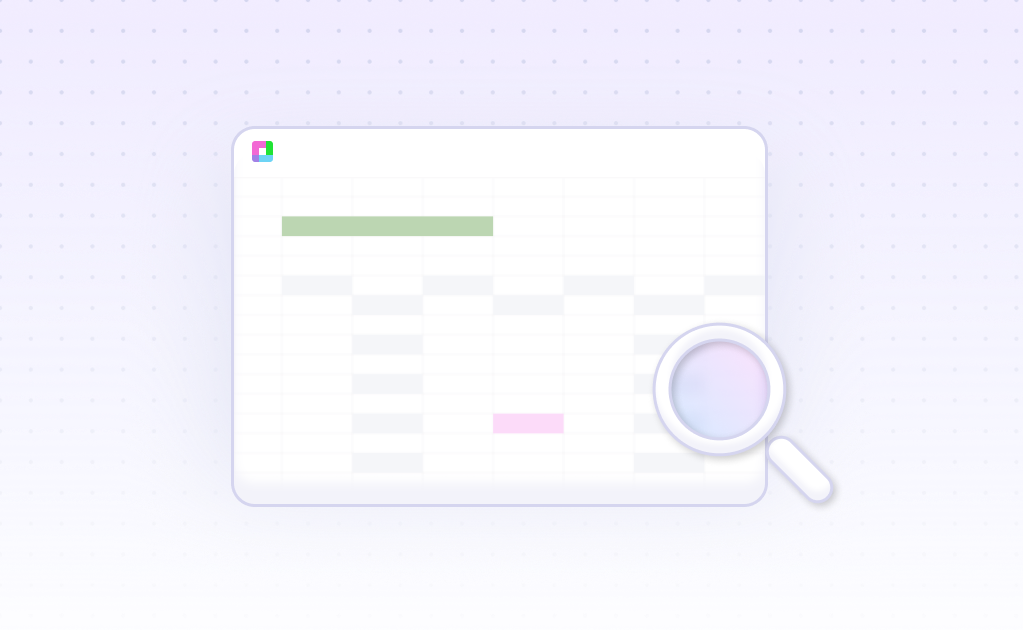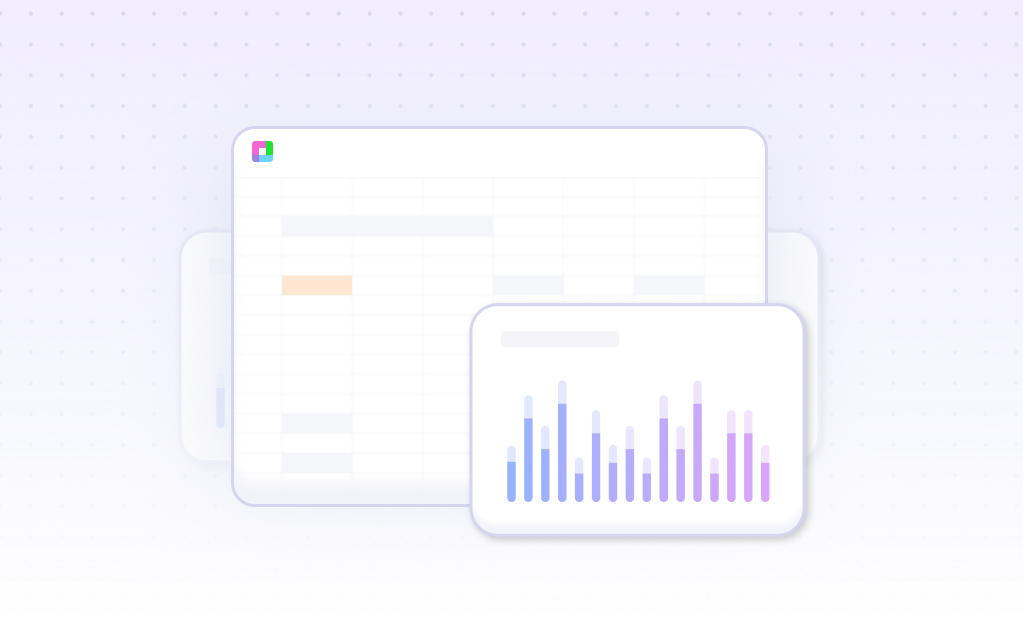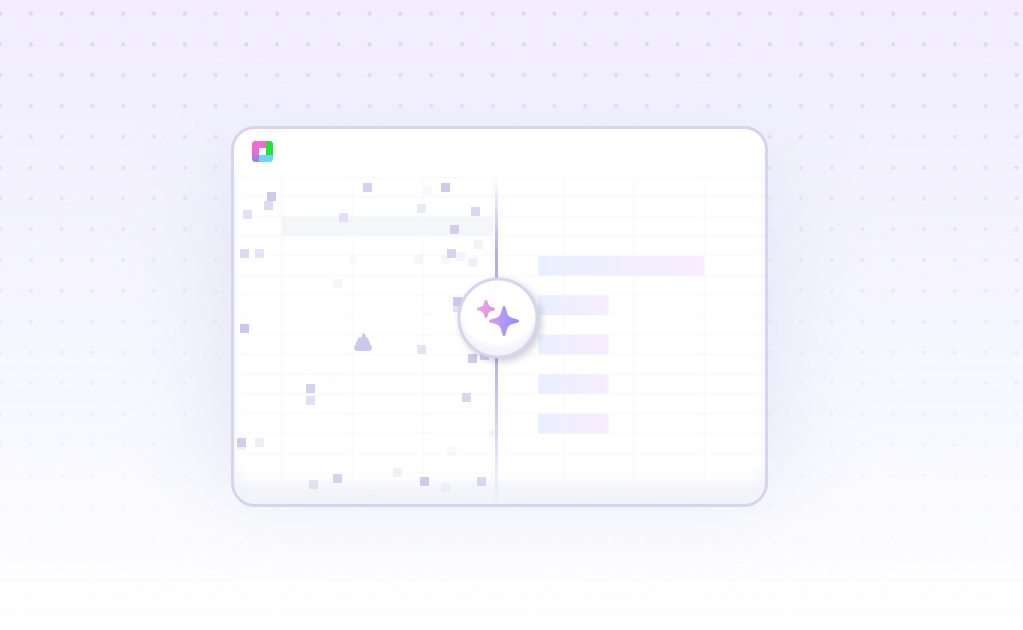
Introduction
Financial history analysis is crucial for making informed business decisions. Excel has long been the go-to tool for financial analysts, offering powerful features for data management, calculations, and visualization. Excel's flexibility and precise calculations enable comprehensive financial analysis and collaborative reporting, especially when enhanced with tools like Zebra BI for Office.
Sourcetable emerges as a modern AI-powered alternative that combines spreadsheet functionality with artificial intelligence. This innovative platform automates complex tasks, generates formulas like SUM and VLOOKUP, and creates charts without requiring Excel expertise. With SQL and Python integration, voice-driven interactions, and automatic data cleaning, Sourcetable streamlines financial analysis while maintaining accuracy.
Discover how Sourcetable's AI-driven approach revolutionizes financial history analysis at sourcetable.com/signup.
Sourcetable: The Superior Platform for Financial History Analysis
Sourcetable combines AI-powered automation with advanced financial analysis capabilities, surpassing traditional Excel workflows. While Excel relies on manually structured pivot tables for data visualization, Sourcetable streamlines the process through natural language processing and automated insights generation.
Enhanced Accuracy and Efficiency
Excel's manual data entry and analysis create opportunities for human error. Sourcetable's AI automation reduces these risks while accelerating data processing and trend identification. The platform automatically analyzes historical data and generates accurate forecasts, enabling faster, more reliable financial decision-making.
Advanced Financial Monitoring
Unlike Excel's static pivot tables, Sourcetable provides dynamic monitoring of vital financial statistics. The platform tracks revenue streams, profit drivers, and operating efficiency in real-time, delivering early warnings of performance deterioration and highlighting growth opportunities.
Data-Driven Decision Making
Sourcetable transforms financial statement analysis into actionable insights. While Excel requires manual interpretation of data, Sourcetable automatically identifies trends, strengths, and weaknesses. This comprehensive analysis helps businesses track progress against goals and make strategic operational decisions based on current, unbiased data.
Benefits of Financial History Analysis with AI-Powered Spreadsheets
Financial history analysis enables fund managers to make data-driven decisions and identify seasonal patterns. Through historical trend analysis, managers can review past successes and investors can select optimal investment opportunities.
Why Choose Sourcetable for Financial Analysis
Sourcetable's AI-powered platform offers superior data analysis capabilities compared to traditional spreadsheets. The software efficiently processes CSV files while providing easy data organization and visualization tools.
Sourcetable's AI assistant streamlines financial analysis tasks through an intuitive interface. Users benefit from reliable, fast performance and simplified data management features that accelerate decision-making processes.
AI-Enhanced Spreadsheet Capabilities
Modern AI-powered spreadsheets integrate artificial intelligence directly into the interface. Natural language queries enable rapid data insight extraction, while advanced code generation supports Python, SQL, and JavaScript for precise financial analysis.
Financial History Analysis Examples with Sourcetable
Sourcetable modernizes traditional financial statement analysis through AI-powered automation and advanced data processing capabilities. This intelligent platform streamlines horizontal analysis, vertical analysis, and trend evaluation while integrating with over 100 data sources.
Historical Performance Analysis
Sourcetable automatically generates comparative analyses across multiple time periods using horizontal analysis techniques. The platform's SQL and Python integration enables sophisticated trend analysis of financial patterns, while automated formula generation simplifies calculations like SUM and VLOOKUP.
Real-Time Financial Assessment
Through vertical analysis capabilities, Sourcetable examines relationships between numbers within single accounting periods. The platform's AI-driven technology aggregates and interprets financial data in real-time, creating interactive reports and visualizations that monitor operational stability, liquidity, and profitability.
Competitive Benchmarking
Sourcetable facilitates common size analysis by converting financial data into percentages for year-over-year comparisons. This automated approach enables businesses to assess their performance against competitors while maintaining data accuracy through automatic cleaning processes.
Use Cases for Financial History Analysis with Sourcetable
Automated Financial Statement Analysis |
Extract and analyze data from balance sheets, income statements, and cash flow statements. Sourcetable automates calculations across reports while standardizing metrics for competitor comparison. |
Due Diligence Document Processing |
Process multiple due diligence documents simultaneously using AI-powered data extraction. Generate comprehensive analysis using SQL and Python integration for advanced insights. |
Investment Performance Tracking |
Analyze fund performance reports and generate visual representations of historical returns. Create forecasts and identify trends using automated chart creation features. |
Commercial Loan Analysis |
Extract key metrics from loan agreements and analyze historical performance. Identify off-balance-sheet obligations in footnotes and automate calculation of financial ratios like |
Frequently Asked Questions
What is financial history analysis?
Financial history analysis is the process of examining past financial data to evaluate a company's performance and identify seasonal trends.
How can retailers use financial history analysis?
Retailers can analyze sales data from previous years to determine optimal inventory levels for upcoming seasonal periods, such as holiday seasons.
What can Sourcetable do for financial analysis?
Sourcetable provides insights into financial performance, identifies trends and patterns in financial data, and enables better decision-making.
How do you handle category ordering issues in Sourcetable?
If category order in the source table changes to ascending or descending unexpectedly, create a new table for the category with an order column.
Conclusion
Excel remains a powerful tool for financial history analysis, offering precise calculations, data management, and visualization capabilities. Its flexibility allows for customized analysis and collaboration through add-ins like Zebra BI for Office, which streamlines reporting and enhances visualization.
Sourcetable provides an AI-powered alternative that combines Excel's capabilities with artificial intelligence. This innovative platform automates formula generation, including SUM and VLOOKUP, while offering advanced data analysis through SQL and Python integration. With automated chart generation, voice-driven interactions, and seamless data cleaning, Sourcetable eliminates the need for advanced Excel skills.
Experience how Sourcetable revolutionizes financial history analysis by visiting sourcetable.com/signup.
Recommended Analysis Guides
Connect your most-used data sources and tools to Sourcetable for seamless analysis.
Frequently Asked Questions
If you question is not covered here, you can contact our team.
Contact Us
